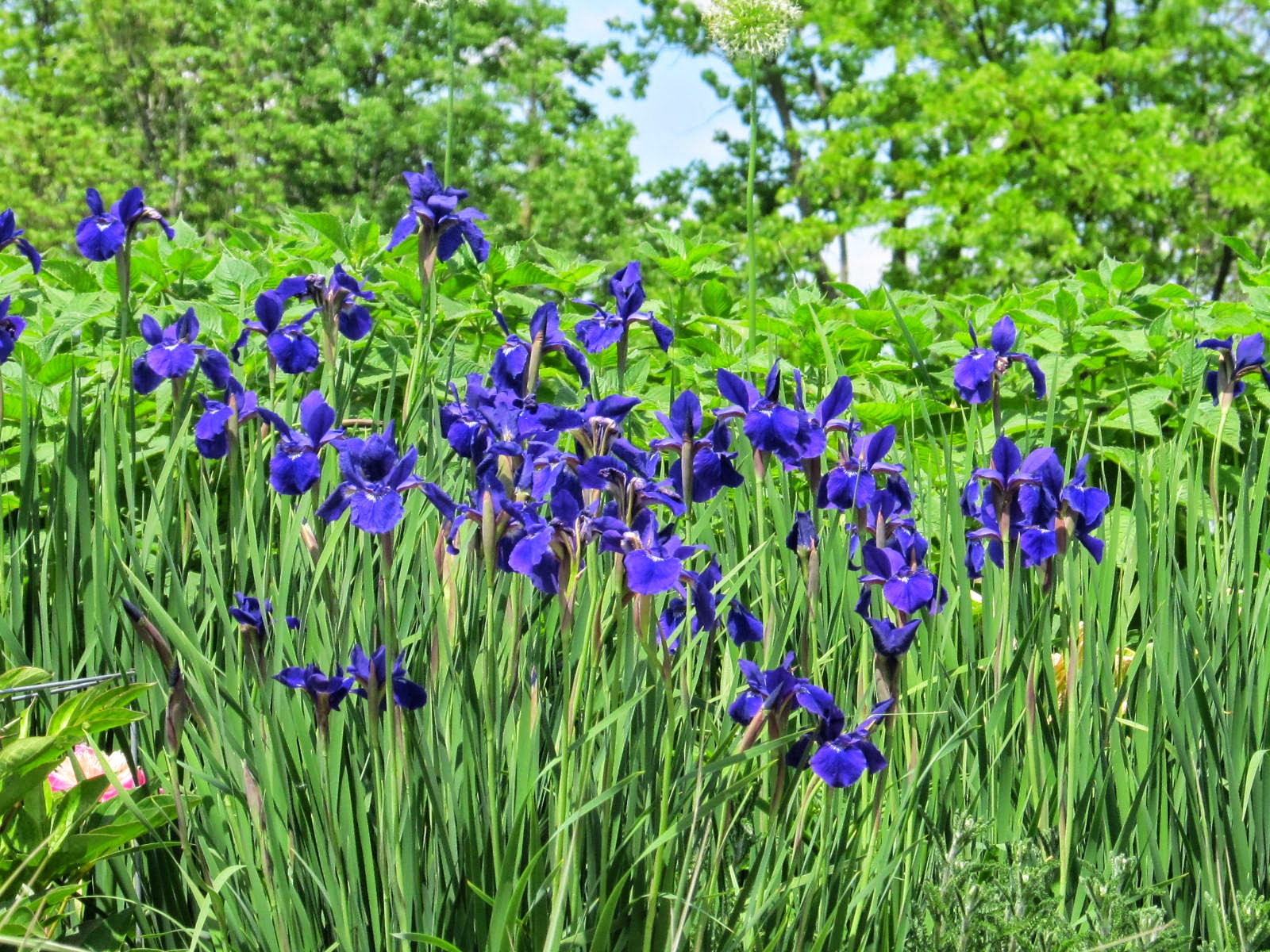 |
| Red Knockout Rose |
The natural inclination of The Knock Out® Family of Roses is to grow to about 3' wide x 4' tall, but they are easily maintained at a smaller size through pruning. They are ideal for growing in mixed borders, in containers or as a hedge.
Just like other roses, The Knock Out® Family of Roses perform best when planted in full sun. The soil should be well drained and fertile.
Plant the roses 4 feet apart to allow for room to grow and good air circulation.
To keep the flowers coming feed your roses with a fertilizer blended especially for roses. This should be done after each bloom cycle. There is no need to remove faded flowers because these roses are self cleaning – another task you can remove from your to do list!
Prune in late winter or early spring, while the plant is still dormant. Remove any dead or damaged wood, do a little shaping if necessary, and take out some of the interior stems to improve air circulation. Every 2 or 3 years remove about one third of the old branches to stimulate new, fresh growth. If you are trying to keep the roses at a certain height, you can cut them back hard with hedge shears. No need to worry about usual rose pruning rule of cutting back to an outward facing leaf bud – just lop them down to the desired size. I've even seen Knock Out® Roses spring back beautifully after being cut down to 6-inches.








